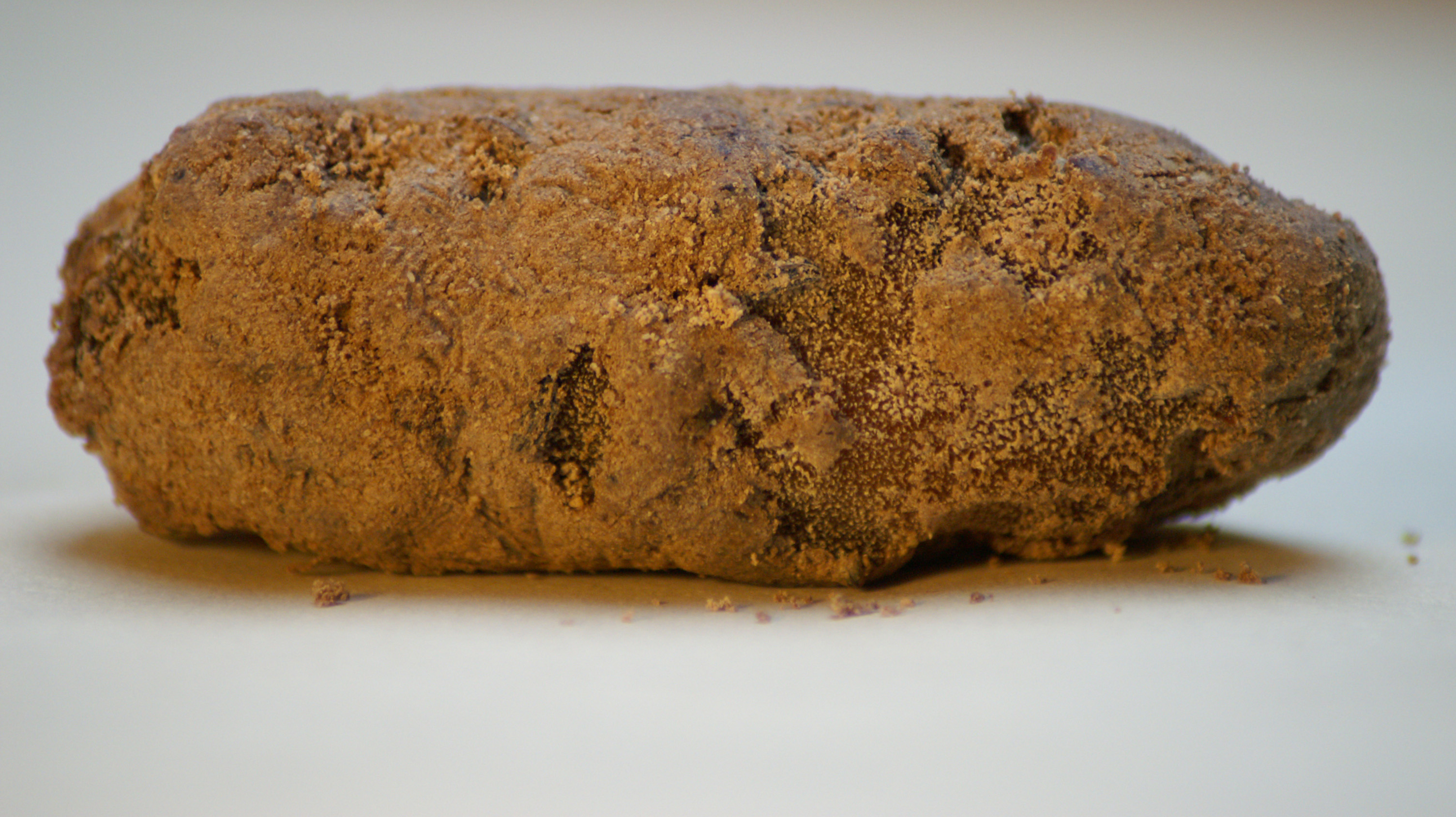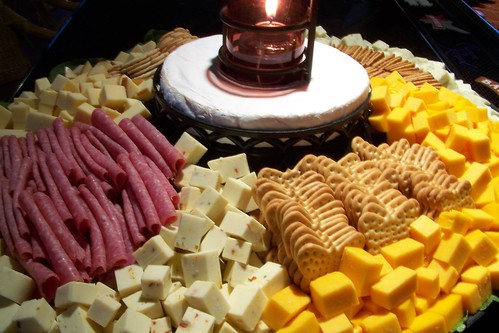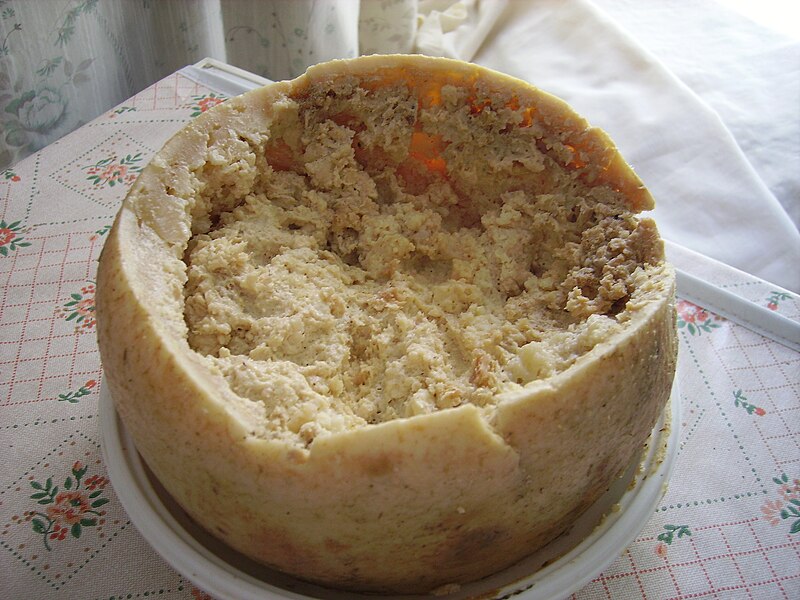There are lots of yummy cheeses in the world, like cheddar, gouda, muenster, mozzarella, pepper jack, etc.
There are also some that most people don't enjoy, like:
Roquefort (which tastes like a goat) or Gorgonzola (which tastes like turpentine).
Cheeses are made by combining milk solids (fats and proteins) with rennet.[1] Rennet is made up of the enzymes found in the stomachs of baby animals that allow them to digest their mother's milk. So if you're making cow cheese, you use the rennet from a calf; for goat cheese, you use the rennet from a kid; etc. The enzymes that make up the rennet coagulate the fats and proteins in the milk, producing cheese.
The different flavors of cheese come by adding acids (like vinegar or lemon juice), bacteria, fungi, herbs, spices, smoke, salt, etc. The different colors usually come from fungi (blue and green cheeses), or from the addition of annatto (red and orange cheeses).
So, in a sense, cheese is just milk that has been allowed to rot to a certain point. But there are cheeses which are so decomposed that even Steve Urkel wouldn't eat them. Read on.


First in our lineup is the German cheese milbenkäse (on the left, no comments please) and the French cheese mimolette (on the right). What makes these cheeses unique, is that the cheesemakers add mites to the cheese. In fact, the Germans are so proud of their "mite-cheese", as milbenkäse is translated, that they've actually created a memorial to the cheese mite in the town of Würchwitz.[2]
But let's not stop there. It get's better (or, rather, worse).
The makers of the Egyptian hâlûm and the Sardinian casu marzu (above) leave their cheeses outside so that the cheese fly (Piophila casei) can lay its eggs in them. The cheese isn't eaten until the eggs have hatched and the maggots have had time to decompose most of the cheese—to the point where it oozes.[3] The maggots are usually still alive when the cheese is served and they can jump up to 6 inches, so diners have to shield their eyes while eating.[4]
So the next time you're called upon to dine on a less-than-savory cheese, remember that it could be worse. A lot worse.
Notes:
[3] They call this ooze lagrimas ("tears").
[4] http://en.wikipedia.org/wiki/Casu_marzu. Note that there are also health risks associated with eating casu marzu.
Image attributions:
Casu marzu cheese is by Shardan, available at http://commons.wikimedia.org/wiki/File:Snob_food.jpg.
Cheese platter is by D.A.K. Photography, available at http://www.flickr.com/photos/14501039@N08/1882042183/.
Gorgonzola cheese is by Jon Sullivan, available at http://commons.wikimedia.org/wiki/File:Cheese_15_bg_050306.jpg.
Milbenkäse cheese is by Dundak, available at http://commons.wikimedia.org/wiki/File:Milbenk%C3%A4se02.jpg.
Mimolette cheese is by Jastrow, available at http://commons.wikimedia.org/wiki/File:Mimolette_vieille_etuvee.jpg.
Roquefort cheese is by Cyn Furey, available at http://www.flickr.com/photos/37559683@N07/3457283832/.




Now that is just nasty. How is the rennet obtained?
ReplyDeleteA baby animal that is still nursing is slaughtered (the meat becomes veal). The stomach is removed, cleaned, and dried. You can learn here how they extract the enzymes after that point.
ReplyDeleteI just learned from the OED that the dried calf stomach can also be called cheeselip.
ReplyDelete